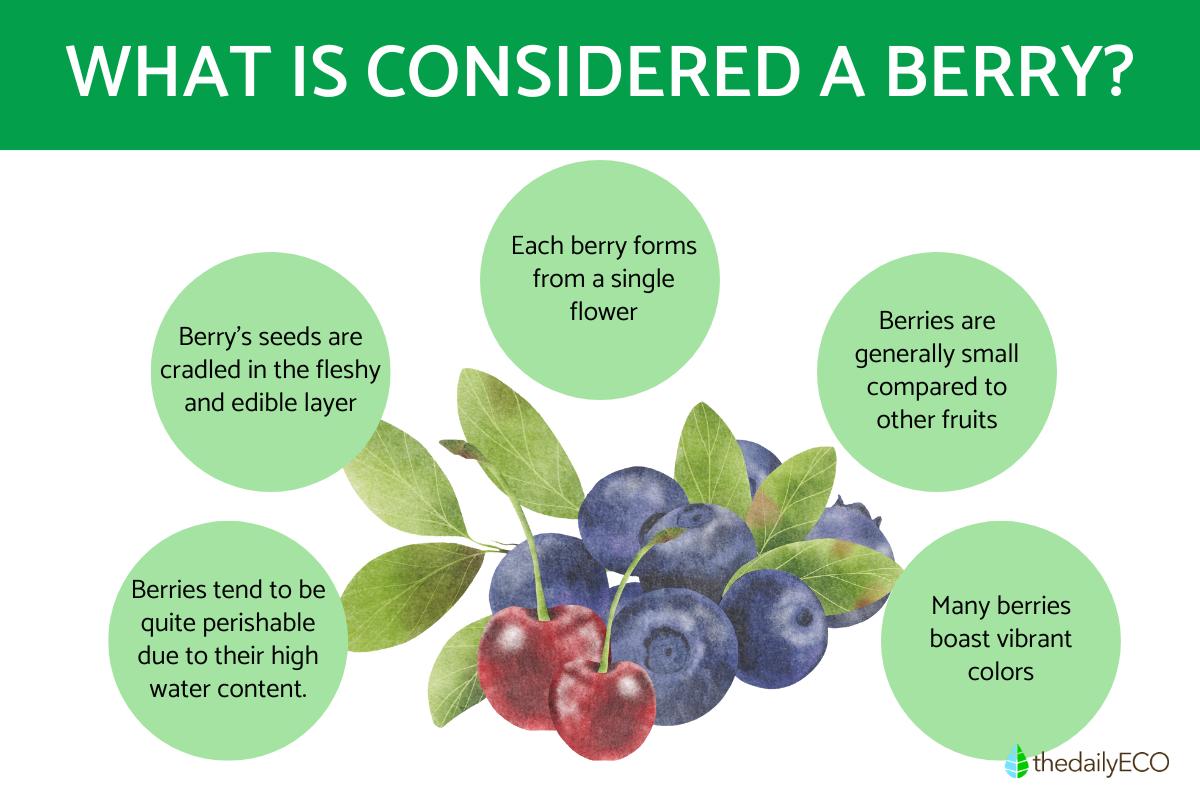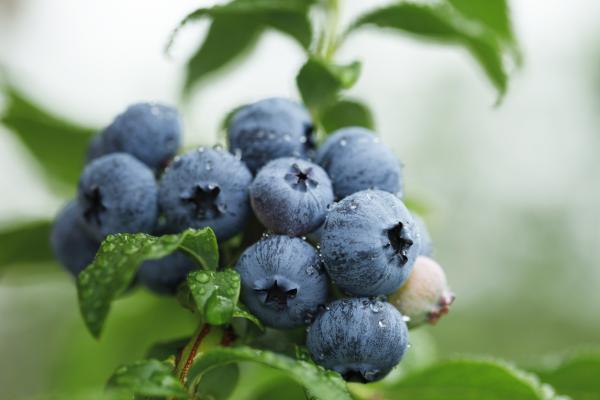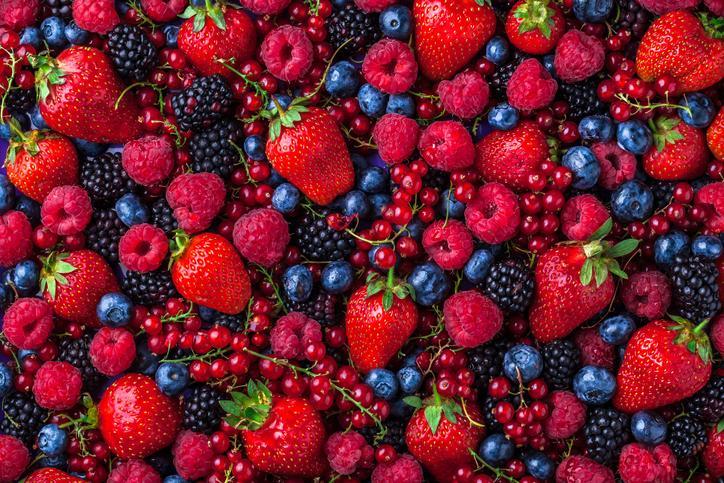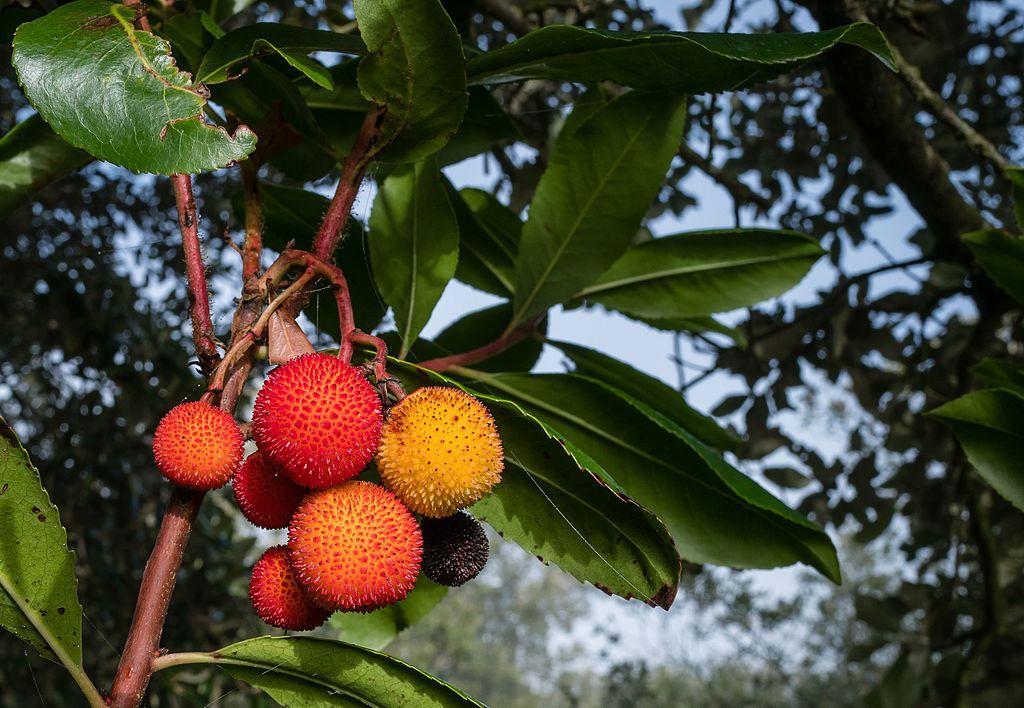What Is Considered a Berry?


Berries are more than just a tasty treat. They're a fascinating example of co-evolution, a partnership between plants and animals that benefits both sides. As animals munch on the berries, they also help spread the plant's seeds far and wide. And forget the image of berries as all small and round. They come in a surprising variety of shapes and sizes, adding to their delightful diversity.
In the following article by thedailyECO, we explore which fruits are considered berries, their main characteristics, and their different types.
What are berries?
The term "berry" has a specific botanical definition. It refers to a fleshy fruit that develops from a single flower and has its seeds embedded within its juicy pulp.
This fleshy pulp, known as the pericarp, serves a critical function beyond simply being appealing to eat. It acts as a protective layer, safeguarding the developing seeds within the fruit.
The life cycle of a berry begins with a flower. Following successful fertilization, the flower's ovary wall undergoes a significant change. This wall thickens and becomes fleshy, a process called pericarp development. This development is what creates the characteristic pulp associated with berries.
As the berry matures, the seeds nestled within the protective pulp ripen. Interestingly, berries often possess vibrant colors and sweet flavors. These characteristics are not simply a matter of aesthetics; they serve as an adaptation to attract animals like birds and mammals.
These animals become unwitting participants in the plant's reproductive cycle. They consume the berries, and the seeds, often protected by a tough outer shell, pass through the digestive system unharmed. Deposited in a new location with the animal's droppings, the seeds have a chance to germinate and grow into new plants, effectively aiding the dispersal of the parent plant's offspring.
Berries showcase a fascinating example of co-evolution, a mutually beneficial relationship between two organisms.

Characteristics of berries
These are the main characteristics of berries:
- Berries are known for their vibrant colors and shiny appearance, making them some of the most eye-catching fruits in the plant world. This attractive appearance serves to draw the attention of animals, which help spread the seeds through their feces, as the seeds inside are rarely digested.
- While berries are typically small, some varieties can be larger than other parts of the plant. Examples include tomatoes and cucumbers, which, despite their different appearances, are also classified as berries.
- Berries are characterized by their fleshy texture and intense flavor. After fertilization, a fleshy layer forms around the ovary wall, encasing the seeds and distributing throughout the pulp of the fruit.
- Most berries are rich in vitamins and sugars. Additionally, some varieties have recently been discovered to possess medicinal properties. However, it's important to note that some berries can be highly poisonous and harmful to both humans and animals.
- Berries typically grow on shrubs and plants that require rich soil and semi-shaded locations to retain moisture. They need regular watering to ensure the fruits develop fully and remain juicy.
For an in-depth look at flowers specifically designed to attract pollinators, check out our article.
Types of berries and examples
The classification of "berry" encompasses a wider variety than one might initially expect. Here's a closer look at some of the subcategories within the world of berries:
True berries
These berries, exemplified by grapes and tomatoes, possess the defining characteristic of a single, fleshy pericarp (the fruit wall) that encases multiple seeds within its juicy pulp. This pericarp acts as a protective layer, safeguarding the developing seeds until they are mature.
Aggregate berries
Also known as polyberries, these fruits showcase a unique form of cooperation. Aggregate berries develop from a single flower with multiple ovaries. Each ovary matures into a small fruitlet, and these individual fruitlets then fuse together to form a single larger fruit. The cherimoya, with its segmented interior, is a prime example of this type of berry.
Pepo berries
This category challenges our traditional perception of berries. Cucumbers, watermelons, pumpkins, and melons all belong to the Cucurbitaceae family and are classified as pepo berries. Despite their often large size and association with vegetables, they share the key features of a fleshy fruit with seeds embedded within. Pepo berries are known for their thick rinds, which help retain moisture and protect the pulp during development.
False berries
Popular examples include strawberries, blackberries, blueberries, and currants. These berries develop from a single flower, but unlike true berries, the fleshy part we typically eat is not derived from the ovary wall itself. Instead, it arises from the receptacle, the basal structure that supports the flower. Accessory fruits are often called wild berries and are prized for their nutritional value and delicious flavor.
Hesperidia
Lemons, oranges, and their kin belong to this category of modified berries. Hesperidia develop from a single flower's ovary, but unlike other berries, they have a leathery rind rather than a fleshy pericarp. The interior is divided into segments filled with juicy vesicles, which are the parts we typically consume.

What is the difference between a fruit and a berry?
The terms "fruit" and "berry" are often used interchangeably, but in the world of botany, they have distinct meanings. Let's explore the key characteristics that differentiate these plant structures.
Fruits encompass a broader category encompassing all mature flowering plant ovaries, while berries represent a specific type of fruit with a distinct structure. In other words, berries are a subcategory of fruits with a specific structure. In other words, all berries are fruits, but not all fruits are berries.
In berries, the entire ovary wall (pericarp) ripens and becomes fleshy, forming the edible portion of the fruit. This fleshy part surrounds and protects the embedded seeds.
Also, unlike some fruits with a central pit or core, true berries have their seeds dispersed throughout the juicy pulp. Examples include grapes, tomatoes, and kiwis.
Ever wondered why some plants produce such a variety of berries? Explore the fascinating concept of divergent evolution and how it shapes the natural world.

If you want to read similar articles to What Is Considered a Berry?, we recommend you visit our Biology category.








